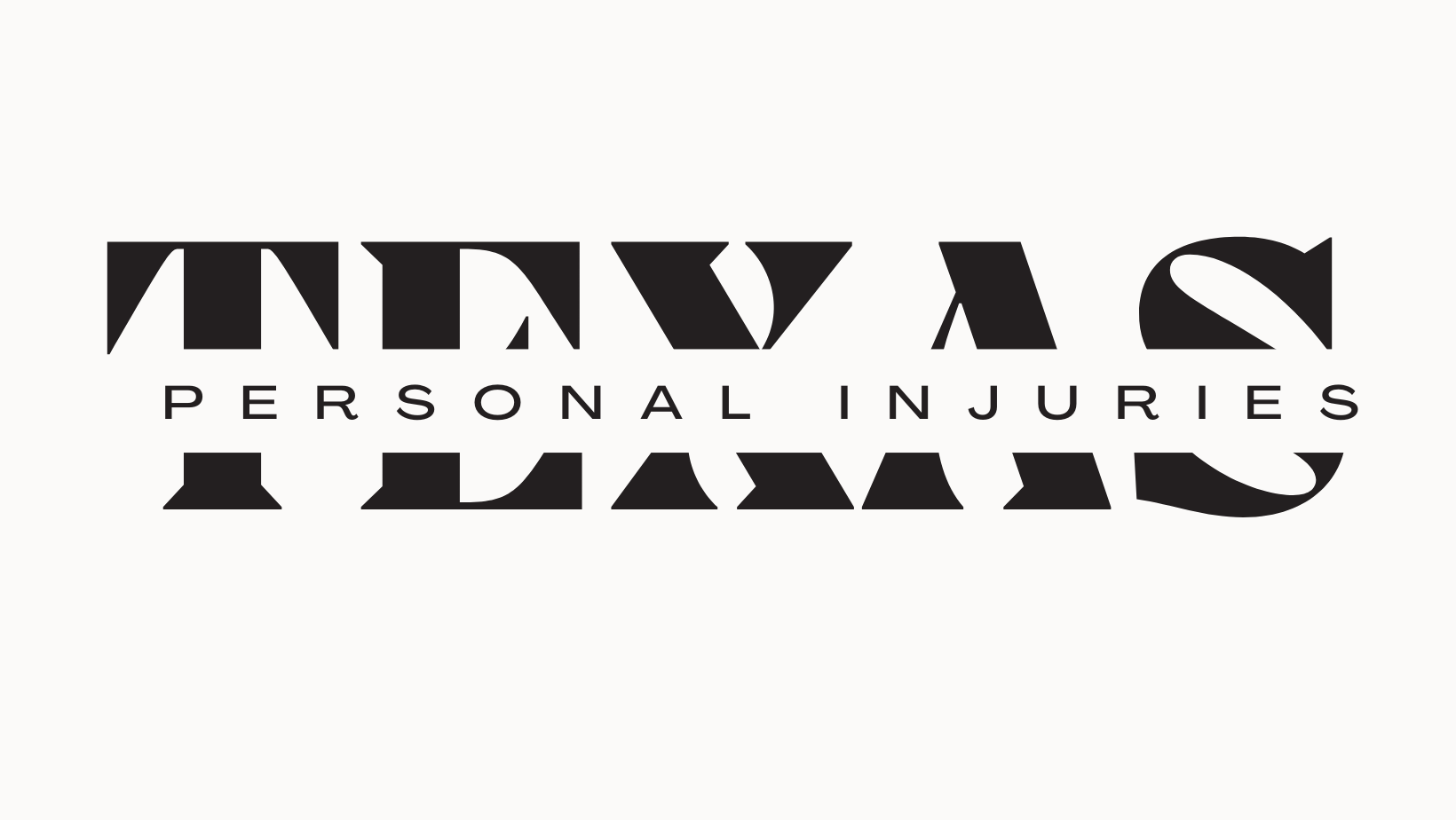When it comes to personal injury cases, understanding the concept of comparative negligence is crucial, particularly in states like Texas, where specific laws govern how fault impacts the outcome of an injury claim. Comparative negligence determines the amount of compensation a victim can receive based on their level of fault in an accident. This blog will delve into the nuances of comparative negligence in Texas, including how it works, its impact on personal injury cases, and key considerations for anyone pursuing a claim.
What is Comparative Negligence?
Comparative negligence is a legal doctrine used to allocate fault among parties involved in an accident. It acknowledges that more than one party can be partially responsible for an accident and adjusts compensation accordingly. The concept is designed to ensure fairness by proportionally reducing a claimant’s compensation based on their share of responsibility.
Types of Comparative Negligence:
- Pure Comparative Negligence: This system allows a claimant to recover damages even if they are up to 99% at fault. However, their compensation is reduced by their percentage of fault.
- Modified Comparative Negligence: This type of negligence sets a threshold for recovery. If the claimant’s fault exceeds a certain percentage, they are barred from receiving compensation. Texas follows this model.
The Modified Comparative Negligence Rule in Texas
Texas follows a modified comparative negligence rule with a 51% threshold. This means that if a plaintiff is found to be 51% or more at fault for the accident, they are barred from recovering any damages. However, if they are 50% or less at fault, they can still recover compensation, albeit reduced by their degree of fault.
Example: Imagine you’re involved in a car accident and the total damages amount to $100,000. If it is determined that you were 30% at fault for the accident, your compensation would be reduced by 30%, leaving you with $70,000. However, if you were found to be 51% at fault, you would receive nothing.
How Comparative Negligence Affects Personal Injury Cases
The comparative negligence system impacts various aspects of a personal injury claim:
Negotiations with Insurance Companies:
- Insurance adjusters often use the comparative negligence rule as a tool during settlement negotiations. They may argue that the claimant shares a larger portion of fault to reduce their payout. It is important for claimants to be prepared to counter these arguments with solid evidence.
Burden of Proof:
- The burden of proving negligence lies with the claimant. However, if the defense argues that the claimant shares some responsibility, they must provide evidence to support this claim. Collecting thorough documentation, witness statements, and expert opinions is crucial in challenging these defenses.
Trial Outcomes:
- If a case goes to trial, a jury will assess the percentage of fault attributed to each party. This percentage directly influences the final award for damages. An experienced attorney can help present a persuasive argument to minimize the claimant’s perceived fault and maximize the compensation.
Key Elements to Consider in Texas Comparative Negligence Cases
Evidence Collection:
- Collecting comprehensive evidence is essential in any personal injury claim but especially important when comparative negligence is at play. This includes obtaining police reports, medical records, witness statements, and any surveillance footage available.
Legal Representation:
- Having an experienced personal injury lawyer can make a significant difference in how fault is apportioned. Lawyers can argue effectively against claims of shared fault and work to keep their client’s percentage of fault below the critical 51% threshold.
Role of Expert Witnesses:
- Expert witnesses can provide authoritative opinions on issues like accident reconstruction, the standard of care, and medical diagnoses. Their testimony can be pivotal in challenging an insurance company’s claim of shared responsibility.
Comparative Negligence in Different Types of Cases:
- While comparative negligence is most commonly associated with car accidents, it applies to a variety of personal injury cases, including slip and fall accidents, medical malpractice, and workplace injuries. Each type of case may involve different considerations regarding fault and evidence.
Practical Tips for Minimizing Your Fault
If you are pursuing a personal injury claim in Texas, here are some strategies to help ensure that your degree of fault is minimized:
Document Everything:
- Take photos at the accident scene, obtain contact information for witnesses, and keep detailed records of your medical treatment.
Avoid Admitting Fault:
- Be cautious when speaking to insurance adjusters and others involved in the case. Any admission of partial fault, even offhand remarks, can be used against you.
Consult an Attorney Early:
- An attorney can help you navigate complex legal strategies and communicate on your behalf with insurance companies.
Stick to the Facts:
- When describing the accident, stick to factual statements and avoid giving opinions about who was at fault.
Challenges and Misconceptions
Many claimants misunderstand the comparative negligence rule and how it can affect their case. Here are some common challenges and misconceptions:
- Assumption of Automatic Denial:
- Some people believe that if they are partially at fault, their claim will be denied. This is not true in Texas, as long as their fault is 50% or less.
- Impact on Settlement Amounts:
- Even a small percentage of fault can significantly impact the final settlement amount. Understanding how to counter these claims is essential for maximizing compensation.
- Belief That All Evidence Is Equal:
- Some types of evidence hold more weight in court or during negotiations. For example, a police report that supports your version of events can be more persuasive than a witness statement with inconsistencies.




Leave a Reply